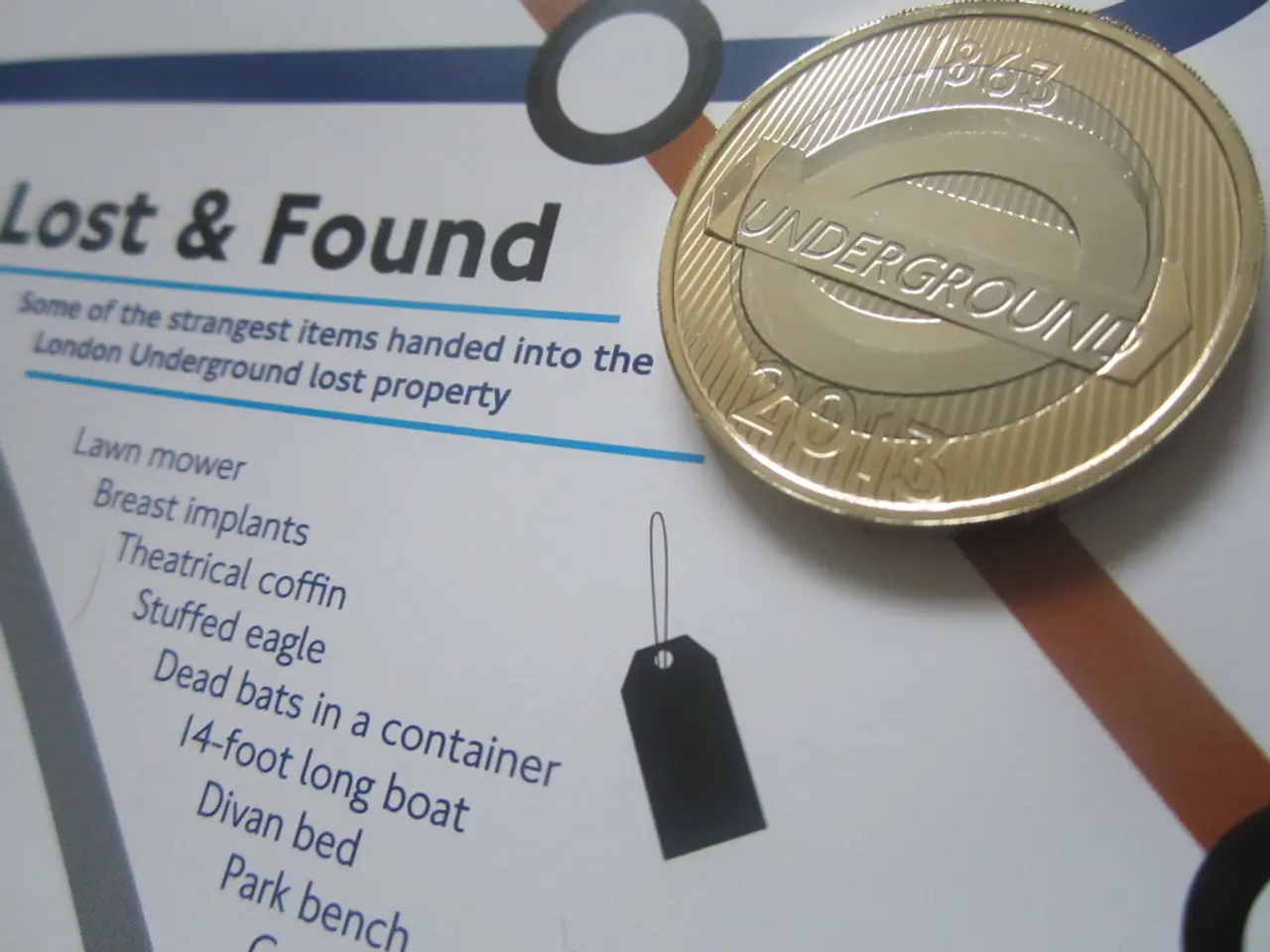Digital Currencies' Earnings: Negative. Banks Not Finding Value in Blockchain Technology (Presently)
In the rapidly evolving digital asset landscape, traditional financial institutions are integrating several key value-added services through blockchain technology. These services leverage the security, transparency, and automation of blockchain to enhance operations and compete in the digital asset market.
Blockchain-Based Identity Management
Banks are employing blockchain for secure, decentralized digital identity management. This technology enables self-sovereign identities, putting users in control of their data and improving privacy via cryptography and zero-knowledge proofs. By reducing identity theft risks, streamlining KYC (Know Your Customer) compliance, and lowering compliance costs through automation, banks can build customer trust while reducing fraud risks [1].
Interoperability Between Blockchains
Interoperability solutions are critical for banks as they allow seamless interaction between different blockchain networks, breaking down current silos. Approaches such as asset bridges, Hash Time-Locked Contracts (HTLCs), sidechains, and dedicated multi-chain protocols enable liquidity access and cross-chain transactions, fostering innovation and unlocking new financial products [2].
Crypto Banking and Payments Integration
Banks are adopting platforms like SDK.finance to build crypto-banking services that combine crypto and fiat currencies in one system. These services offer features such as multi-currency accounts, real-time exchange rates, crypto debit cards, and seamless deposit/withdrawal between wallets and traditional accounts. This integration facilitates everyday spending of digital assets, making crypto more accessible to mainstream customers [3].
Tokenized Central Bank Money & Payments Systems
Consortia of major global banks back initiatives like Fnality International, which aims to create blockchain-based payment networks using tokenized central bank money (Utility Settlement Coins). These tokens enable near-instant settlement, reduce counterparty risks, and comply with regulatory requirements. This significantly enhances cross-border payments by lowering costs, speeding up settlement, and improving transparency [4].
Positioning for Success in the Growing Digital Asset Market
For traditional financial institutions to secure a competitive advantage and effectively capitalize on the expanding digital asset landscape, they should adopt and integrate blockchain identity solutions, invest in blockchain interoperability, expand crypto banking services, collaborate in industry consortia for tokenized payments, and ensure regulatory alignment [1][4].
By focusing on these blockchain-enabled services and strategic actions, traditional financial institutions can position themselves in the growing market for digital assets. Early investment, building value-added services, and proactively addressing regulatory requirements can give institutions a competitive edge and secure their relevance in the future financial system.
Blockchain technology is increasingly integrated into the financial system, moving beyond cryptocurrencies like Bitcoin and Ether. As the digital asset market continues to grow, traditional financial institutions that embrace these technologies will be well-positioned to thrive in the future financial landscape.
[1] zeb.de, "Blockchain in Banking: The Future of Identity Management," Link
[2] zeb.de, "Blockchain in Banking: The Future of Interoperability," Link
[3] SDK.finance, "SDK.finance: The Future of Crypto Banking," Link
[4] Fnality International, "Fnality International: The Future of Cross-Border Payments," Link
- In their pursuit to compete in the digital asset market, financial institutions are strategically integrating Fintech solutions driven by technology, such as blockchain-based identity management and crypto banking services.
- As cascading silos are dismantled through interoperability solutions aided by blockchain technology, financial institutions will leverage this enhanced connectivity to build more innovative financial products, further penetrating the burgeoning digital asset market.




